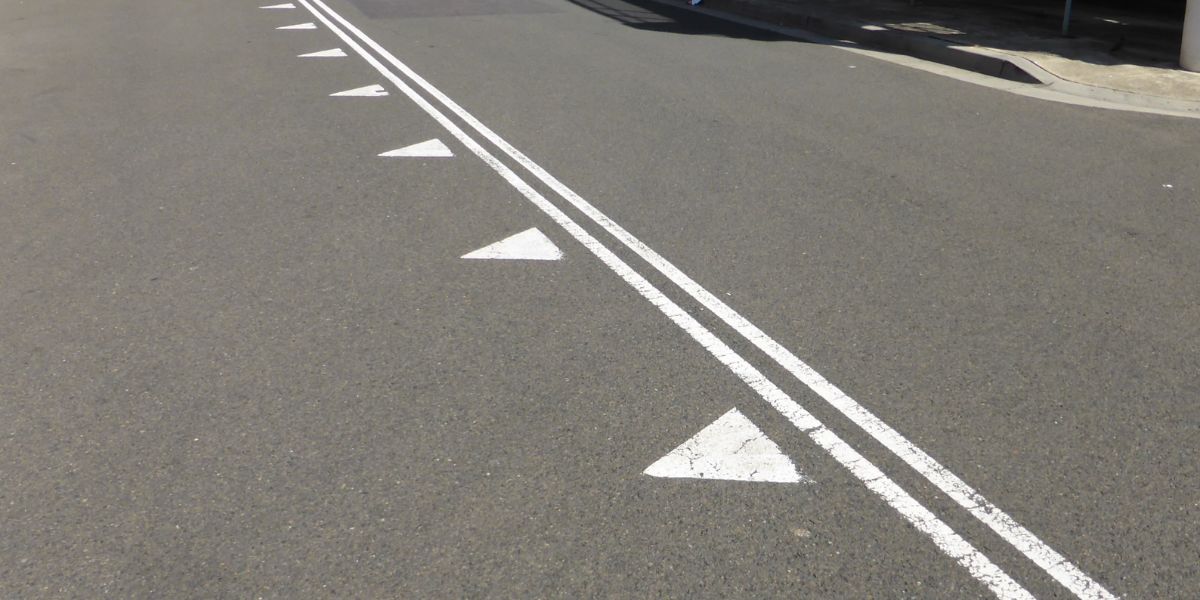This piece was written by Mary Berg. Light AI tools assisted with grammar checks and layout polish. All editorial decisions and wording remain fully human and original.
If you’re driving in New York, understanding the rules about white lines on the road is essential for safety and to avoid traffic violations. White lines mark lanes and boundaries, helping drivers maintain order and prevent accidents. But what do these lines mean, and how strictly must you follow them?
Here’s a clear explanation of New York’s white line road rules designed specifically for drivers.
What Do White Lines on New York Roads Mean?
Right Now! New White Line Road Laws in New York: Can You Touch the Line?
In New York, white lines serve as important visual guides on the road. There are two main types:
- Solid White Lines: These lines mark lane boundaries where lane changes are discouraged or prohibited because of safety concerns. They often appear near intersections, tunnels, or areas with heavy traffic.
- Broken White Lines: These allow drivers to change lanes when it’s safe to do so, common on highways and multi-lane roads.
New York’s Rules About White Lines
➤ Do Not Cross Solid White Lines:
It’s illegal and unsafe to drive across or on a solid white line unless you need to avoid an obstruction or make a lawful turn. Crossing these lines can lead to traffic tickets or fines.
➤ You Can Cross Broken White Lines:
Broken white lines indicate it’s safe to change lanes or pass other vehicles when conditions allow.
➤ “Touching” the White Line:
While the law doesn’t explicitly mention “touching” the line, driving on or partially over a solid white line is considered improper lane usage and can be cited.
Why These Rules Matter
✅ Safety: Staying within your lane reduces collisions and confusion on the road.
✅ Traffic Flow: Proper lane discipline keeps traffic moving smoothly.
✅ Avoiding Fines: Following these rules helps you avoid tickets and legal trouble.
Tips for Drivers
📌 Always stay fully within your lane.
📌 Use your turn signals before changing lanes where broken white lines exist.
📌 Only cross solid white lines when it’s necessary and safe.
📌 Pay close attention to road signs and markings, especially in construction zones or near intersections.
What Happens if You Violate These Rules?
Violating white line road rules can lead to citations, fines, and points on your driving record. Repeated offenses may increase insurance premiums or lead to license suspension.
Conclude
Understanding New York’s white line road rules is key to driving safely and legally. Solid white lines mean no crossing, while broken lines allow lane changes when safe. Staying within your lane helps protect you and other road users, while also keeping traffic flowing smoothly.
Share this guide with friends and family who drive in New York to help them stay safe and informed on the road.



